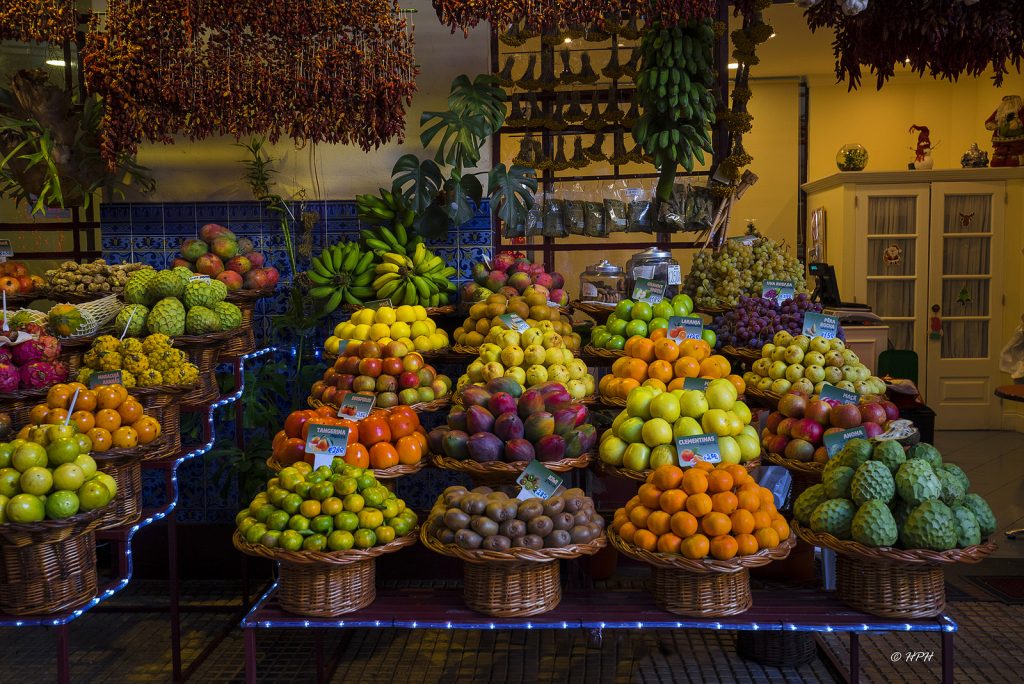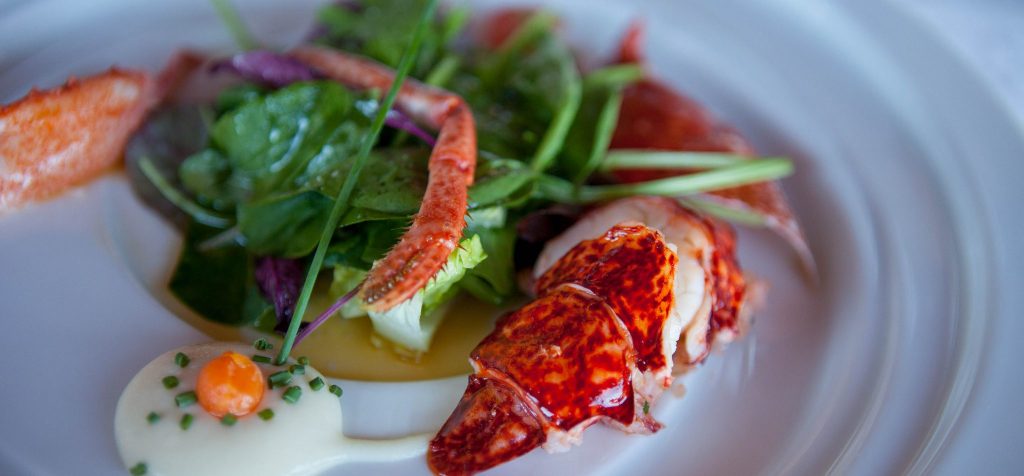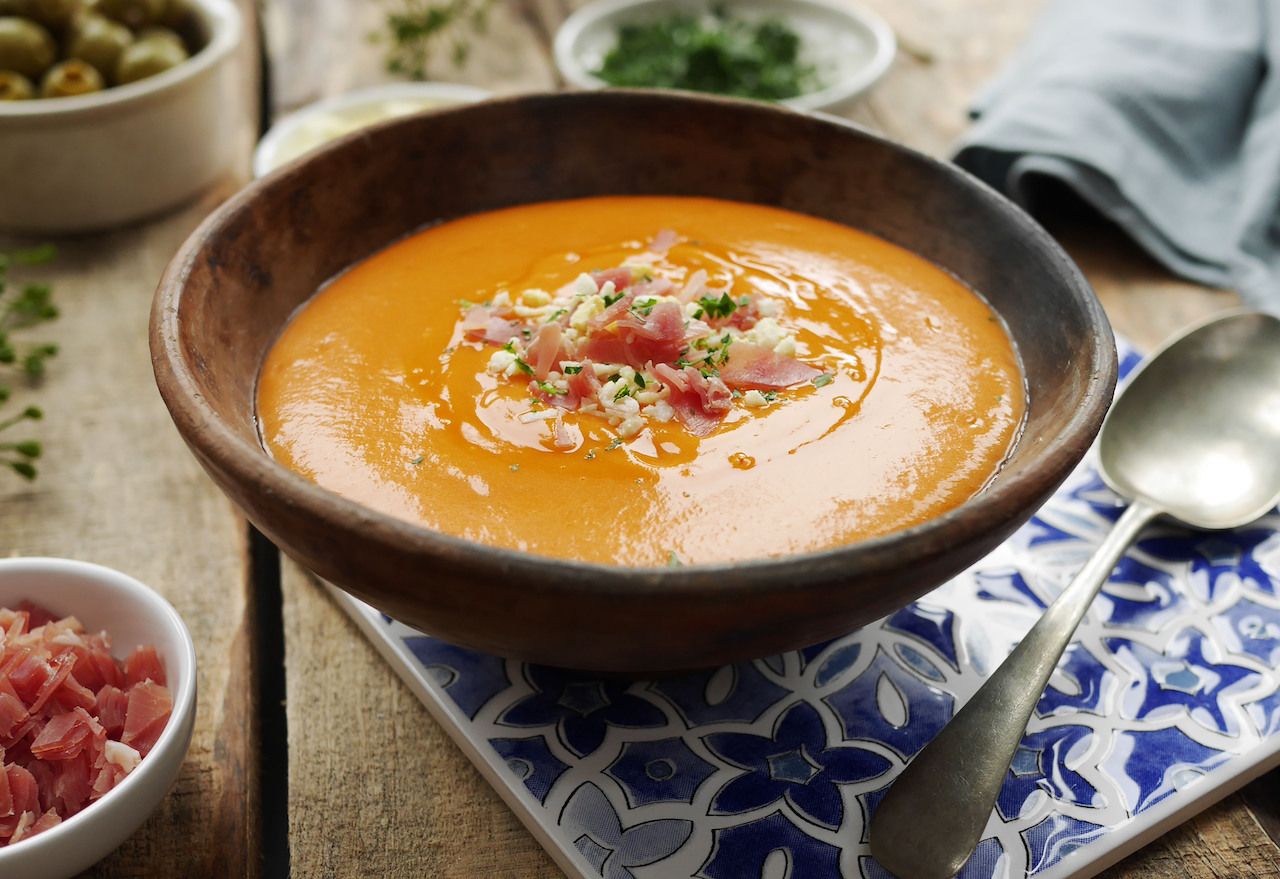Palo Cortado, a Different Kind of Sherry

The WSET Diploma fortified wine exam was nailed down earlier this year. The next exam is sparkling wines so I have been sticking to the bubbly stuff since then. Not much else has made it through my front door, so just for a change, I thought I’d have a copa of sherry tonight. Something slightly unusual, a Palo Cortado.
You might be wondering what a Palo Cortado is: Sherries are aged in one of two ways, oxidatively or biologically (read Catavino’s Sherry 101 to find out more about the different aging methods). Some sherries start off aging biologically and are then deliberately changed, by further fortification, to oxidative aging. These wines are generally called Amontillados. Exactly the same thing happens to a Palo Cortado, it starts aging biologically and changes over to oxidative, but it does this of its own accord. Randomly and inexplicably. This makes true Palo Cortados fairly rare. It also means operating a Palo Cortado solera is a tricky business – no guarantee of  a consistent supply of new wine. The “commercial” Palo Cortados are a skillful blend of Amontillado and Oloroso, but the real thing is rare and comes with a price tag to match.
For my “holiday” from sparkling wines – you’ve probably guessed already – I chose a Palo Cortado. It’s called Jerez Cortado Wellington and made by the Sanlucar house Bodegas Hidalgo-La Gitana – “Jerez Cortado” is what they call Palo Cortado in Sanlucar. This is an age-dated sherry, a VOS, which means a minimum of 20 years in wood. The Consejo Regulador like to use some Latin phrase, but Very Old Sherry will do, don’t you think? Even more impressive however is this wine’s solera, which has been going for at least 200 years, longer even than the Hidalgo company. This is definitely a sherry worth trying. In the same glass you get wonderfully complex layers of all the best Amontillado and Oloroso can offer.
So what does the Duke of Wellington have to do with anything, you might be wondering? I thought he’d seen Napoleon off at Waterloo, so I was intrigued. What was the connection? There is nothing on the Hidalgo company website, but it turns out Wellington had a very strong connection with Iberia. During the Peninsula Wars he more or less saw kicked the French out of Portugal first and later Spain (along with their puppet king, Napoleon’s brother Joseph). Along with his English Dukedom, Arthur Wellesley picked up a few Iberian titles into the bargain. The Spanish made him a Grandee and Duque de Ciudad Rodrigo and gave him loads of land (I’m not sure how many of these estates the current Duke still owns but the Dukes of Wellington were, and might still be, big landowners around Granada). The Portuguese made him Duque de Vitória, Marquês de Torres Vedras and Conde de Vimeiro, although sadly those don’t count for much any more because Portugal is now a Republic.
Hasta la proxima
Justin Roberts






